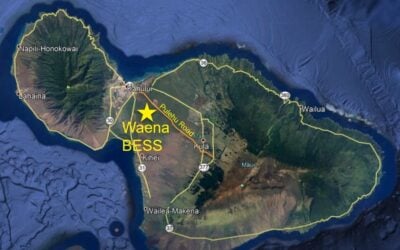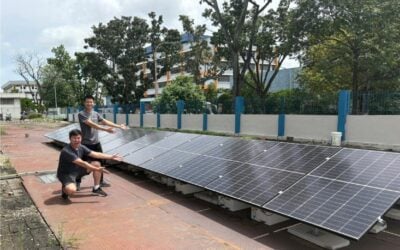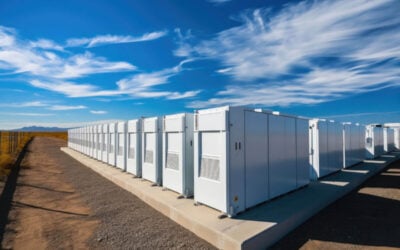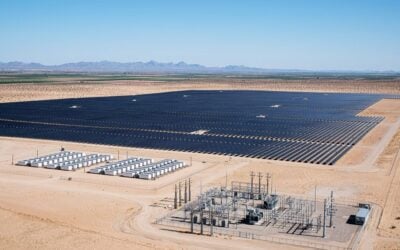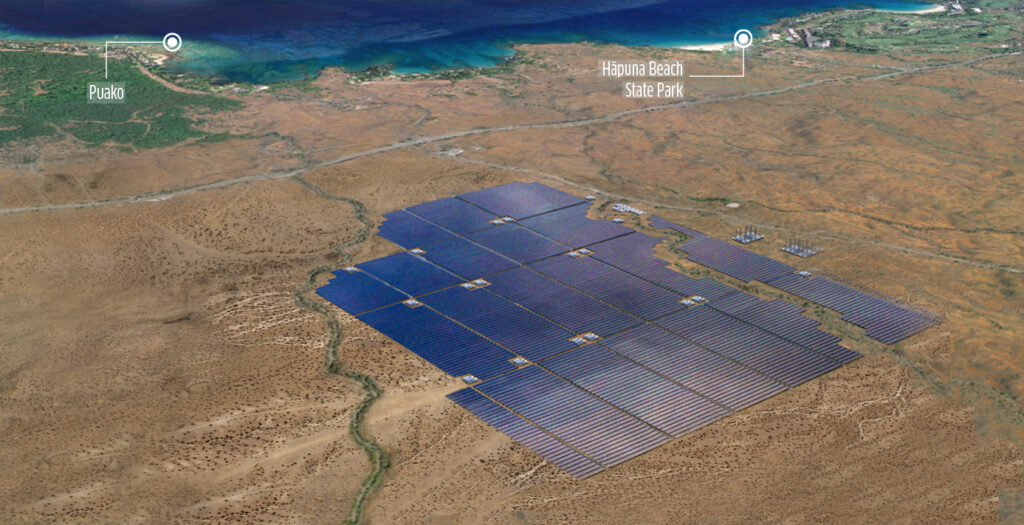
ENGIE will no longer proceed with a grid-scale solar-plus-storage project it was awarded in Hawaii, cancelling its order for 240MWh of battery storage from technology provider New HOrizons Ahead (NHOA).
NHOA said yesterday that it was informed by ENGIE that the French multinational energy company’s North American arm notified utility Hawaiian Electric (HECO) on 25 October that it has abandoned the Puako solar and storage project.
Enjoy 12 months of exclusive analysis
- Regular insight and analysis of the industry’s biggest developments
- In-depth interviews with the industry’s leading figures
- Annual digital subscription to the PV Tech Power journal
- Discounts on Solar Media’s portfolio of events, in-person and virtual
ENGIE North America’s project bid was one of the winners of a tender HECO held that led to off-take contracts being signed for large-scale solar-plus-storage and standalone battery storage projects in May 2020. ENGIE’s would have been a 25-year power purchase agreement (PPA) for the combined 60MWac solar PV and 240MWh battery energy storage system (BESS) facility.
NHOA had been subcontracted by ENGIE to supply the BESS and act as full storage system provider and system integrator.
HECO procured 460MW of solar and nearly 3GWh of BESS across 16 awarded projects in that round of ongoing procurements as the US island state accelerates its transition to renewable energy, helped along by the high cost of importing and burning fossil fuels for electricity, against which solar and solar-plus-storage are competitive.
The reasons given for the abandonment, according to a release by NHOA, were elevated interconnection costs that have come just as ENGIE has been hit by global supply chain and production issues, as well as the ongoing tariffs and trade disputes which are impacting the US solar PV industry, as detailed extensively by our sister site PV Tech.
NHOA ‘disappointed’ by former majority-owner’s decision
NHOA pointed out that the production issues do not relate to its own technology or scope of supply. The smart energy company said it was “obviously disappointed” by the decision.
At the time the contract was awarded, NHOA was still majority-owned by ENGIE and known under its former name, ENGIE EPS. A 60.5% stake in the company was sold to Taiwan Cement Corporation (TCC) for just over US$150 million with the deal completed in July of this year.
Post-acquisition the company was rebranded and announced its strategic ‘Masterplan’ to grow the business tenfold by 2025, including its main business lines in energy storage and electric vehicle (EV) charging infrastructure.
NHOA announced two big project deals in October, one for a 100MW / 200MWh BESS in Australia and another for 160MW / 420MWh of BESS in Taiwan. It also inaugurated the first of thousands of smart EV chargers paired with battery storage it is rolling out in Europe in a joint venture with automotive OEM Stellantis, called Free2Move.
The company said ENGIE’s abandonment of the Puako project does not impact its 2021 financial guidance and confirmed its 2022 guidance of revenues between €100 million (US$116.04 million) to €150 million. The project was included in the ‘Contracts Secured’ section of its reported quarterly financial results and was not counted in most recent respective ‘Pipeline,’ ‘Backlog’ or ‘Order Intake’ figures of €833 million as of the end of September, €205 million as of 27 October and €208 million, also as of 27 October.
However, NHOA said that certain assurances regarding the project were given by ENGIE to TCC and NHOA’s own board of directors at the time of the acquisition and that in light of those, legal implications will be considered.
Hawaiian Electric filed a draft of its newest Request for Proposals (RfPs) for renewable energy on Hawaii Island with regulators in mid-October. The utility intends to launch the RfP by the end of February 2022 but give bidders a deadline of 2030 to bring their projects online, which HECO said was to enable “a wider variety of projects and technologies” to be included in proposals.
Solar projects participating in the all-source renewable energy procurement must be paired with energy storage, according to HECO’s draft RfP.


